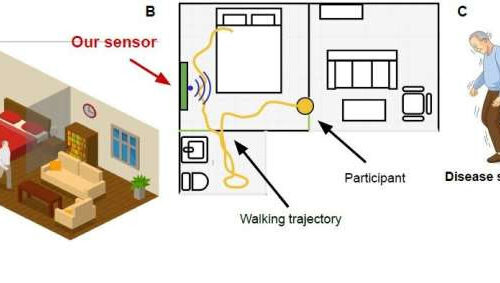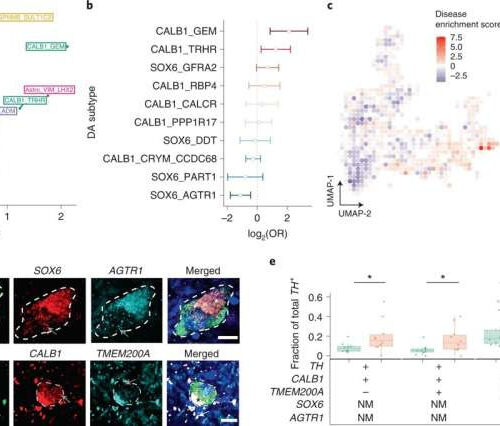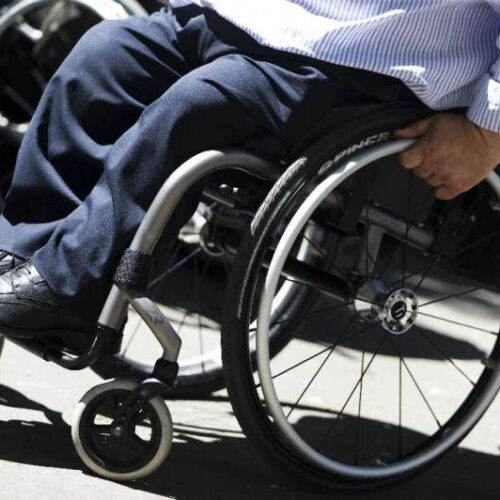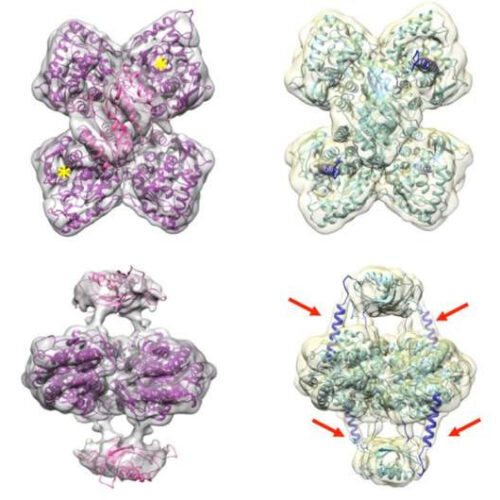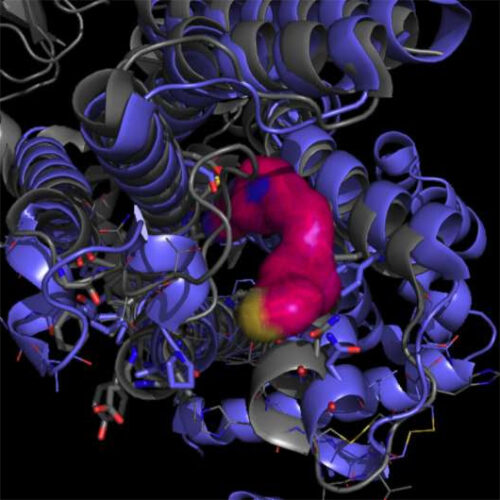September 24, 2024 by Stanford University The device being developed by Stanford Medicine researchers to enable remote Parkinson’s monitoring. It’s called the KeyDuo. Credit: Helen Bronte-StewartThe number of people living with Parkinson’s disease globally has doubled in the past 25 years. Yet the treatment and monitoring of the neurological disease seems many decades behind. Clinicians...
Tag: <span>Parkinson’s patients</span>
A wide-gripped pen with magnets designed for Parkinson’s patients
by Win Reynolds, Northwestern University Since its founding, SteadyScrib has tested its new product on more than 40 individuals and created more than 10 different prototypes. Credit: Stephen Lewis When Izzy Mokotoff’s grandfather stopped writing his weekly letters to her in the spring of 2022, she knew she had to find a solution. Parkinson’s disease...
In-home wireless device tracks disease progression in Parkinson’s patients
by Adam Zewe, Massachusetts Institute of Technology The sensor operates like a low-power radar, where it captures radio waves to assess patients’ walking patterns, their disease progression, and the effects of medications. Credit: Liu et al., Sci. Transl. Med. 14, eadc9669 (2022) Parkinson’s disease is the fastest-growing neurodegenerative disease, now affecting more than 10 million people...
Gene variants may affect length of survival in Parkinson’s patients, new study shows
EMOTIVE (Vienna, Sunday, 26 June 2022) How long someone lives with Parkinson’s disease may be down to specific gene mutations, according to new research presented today at the 8thEuropean Academy of Neurology (EAN) Congress.1 Scientists from four institutes in Paris, including the prestigious Paris Brain Institute at the Sorbonne Université, studied the records of 2,037...
Researchers identify a subtype of brain cells that die in Parkinson’s patients
by Bob Yirka, Medical Xpress Quantification of DA subtype vulnerability to PD-associated degeneration. a, Volcano plot showing OR and FDR computed by MASC (Methods) for each of the 68 clusters identified in SNpc snRNA-seq analysis. Labeled clusters are those significantly (FDR-adjusted P < 0.05) increased or depleted in association with PD/LBD. Points and text are colored by major...
New hope to help advanced Parkinson’s patients walk, sleep again
by Julien Dury In its later stages, Parkinson’s disease often confines sufferers to a bed or a wheelchair. People with advanced Parkinson’s disease often struggle to walk more than a few steps or sleep through the night, but new research offers hope of relief from these two debilitating symptoms. Suffered by millions worldwide, the degenerative...
New knowledge about dopamine could help Parkinson’s patients
by University of Bergen Left: Two views of the 3D structure of TH, with the atomic model generated inside, where the yellow stars point to two of the active centers of TH. Right: The same two views of the 3D structure in the presence of dopamine, which regulate TH by inhibiting activity via the introduction...
Compound shows promise for minimizing erratic movements in Parkinson’s patients
by Texas Biomedical Research Institute The small molecule PD13R (magenta) interacting with the dopamine D3 (grey) and D2 (purple) receptors cryo-EM structures, as predicted by RhodiumTM. Credit: SwRI A new study from Texas Biomedical Research Institute (Texas Biomed) and collaborators has identified a promising drug candidate to minimize uncontrolled, erratic muscle movements, called dyskinesia, associated...
Study suggests sonic hedgehog protein pathway stimulation could help Parkinson’s patients
by Graduate Center, CUNY A new study from Malave et al. suggests that in the brains of L-Dopa-treated Parkinson’s patients the lack of Shh signaling to cholinergic neurons results in L-Dopa induced dyskinesia. Credit: Santiago Uribe-Cano. Levodopa, or L-dopa, is considered the most effective treatment for Parkinson’s disease today. After a few years of treatment, however,...
Why Parkinson’s patients see ghosts
By JACK NEWMAN FOR MAILONLINE Scientists have discovered a frontal-temporal disconnection which could explain why people with Parkinson’s believe they can see ghosts. Around half of people suffering with the disease experience ‘presence hallucinations’ which causes them to sense a shadowy presence nearby. The spontaneous nature of the event has made the phenomena hard to study....
- 1
- 2


